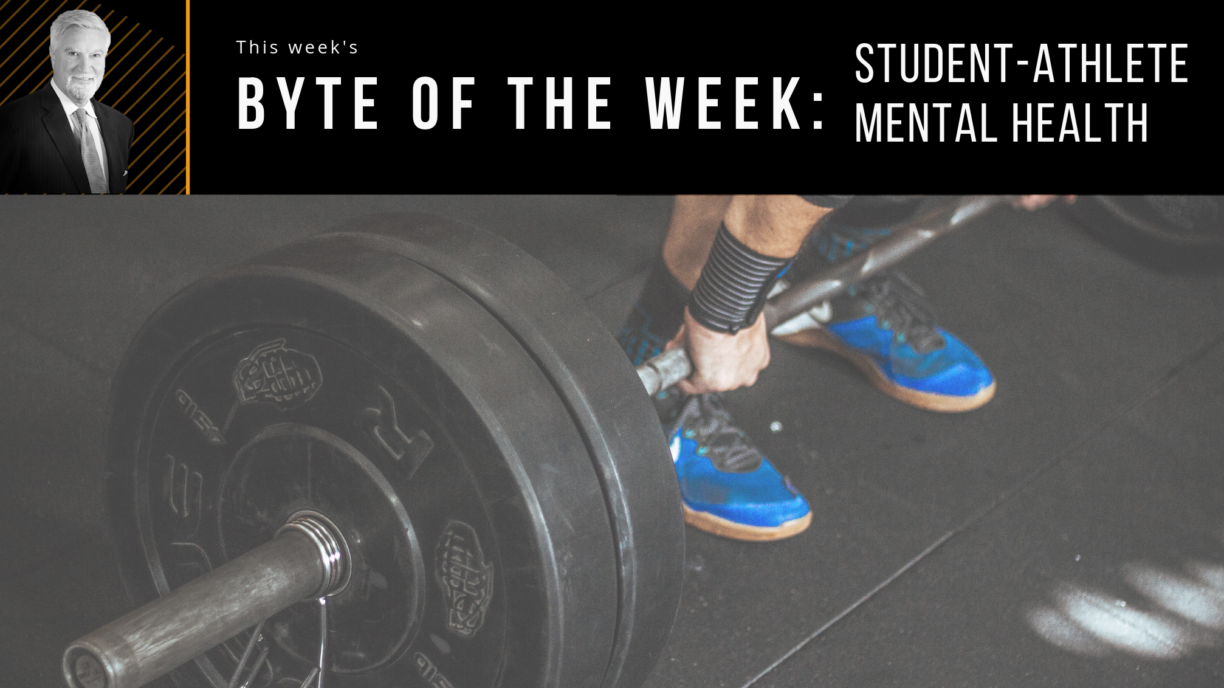One of the emerging issues in college sports is the mental health and well-being of student-athletes. Sadly, suicide is the second leading cause of death among student-athletes and a reported 30 percent of student-athletes experience anxiety. Just two weeks ago, Pat Chun, our member athletic director at Washington State, spoke at the LEAD1 Institute, about the sad circumstances under which he started the job just after Quarterback Tyler Hilinski tragically died by suicide.
There are many pressures that may lead to lack of student-athlete well-being including head injuries, time demands, the stigma of mental health, pressures to win, academic requirements, the influence of social media, and lack of sleep.
Accordingly, in recent years, many of our member institutions have started to prioritize the mental health of student-athletes. Such actions have included assigning professional medical staff to oversee student-athlete well-being, increasing dialogue pertaining to mental health, and building new healthcare facilities in all areas of nutrition, strength, mental health, and sports medicine. The NCAA has also increasingly expanded their scope of guidance and provided best practices in this area.
Over the next 10 years, the well-being of student-athletes will be one of the most important issues to address in college sports and mental health issues will be high on that list. While there is still room for significant improvement, I am encouraged by the continued actions that our member schools have taken.






